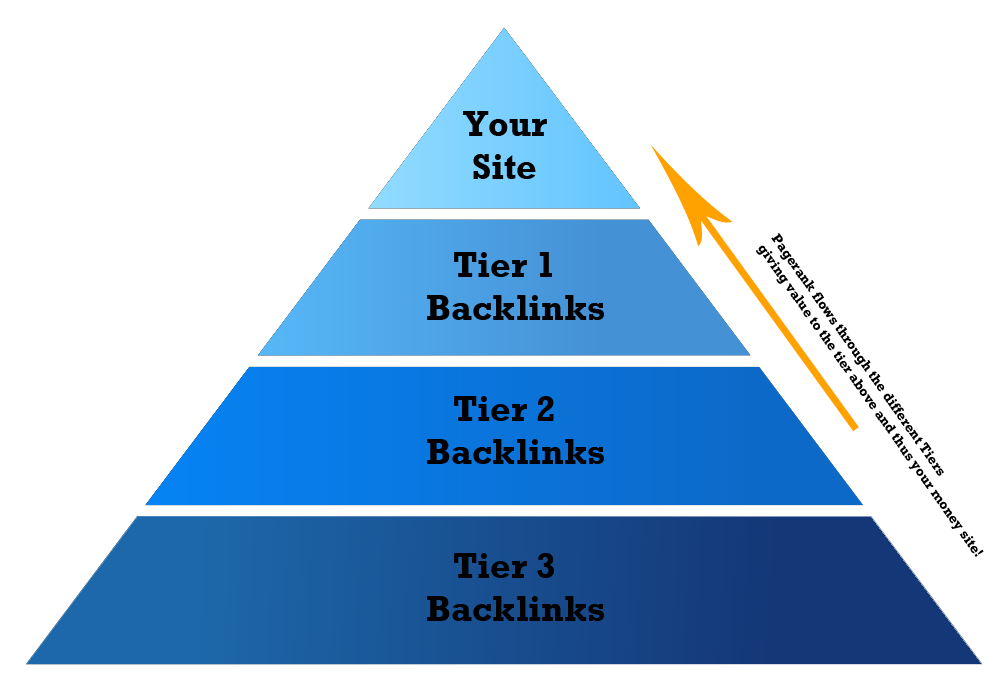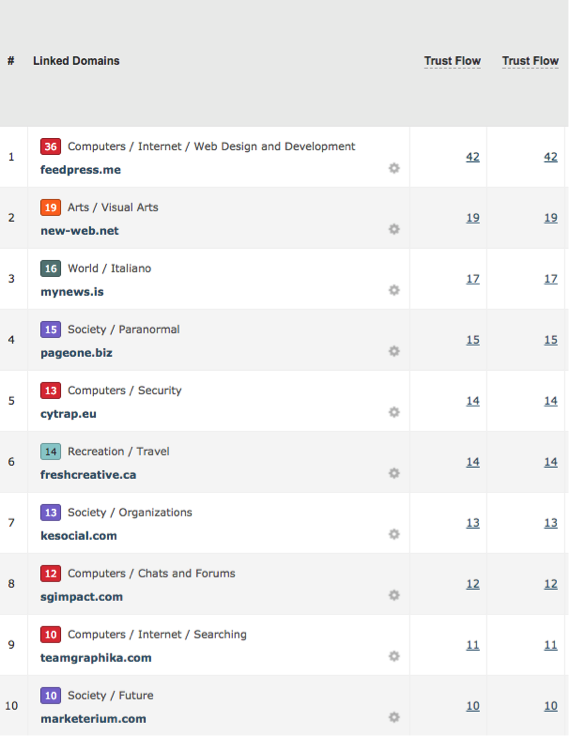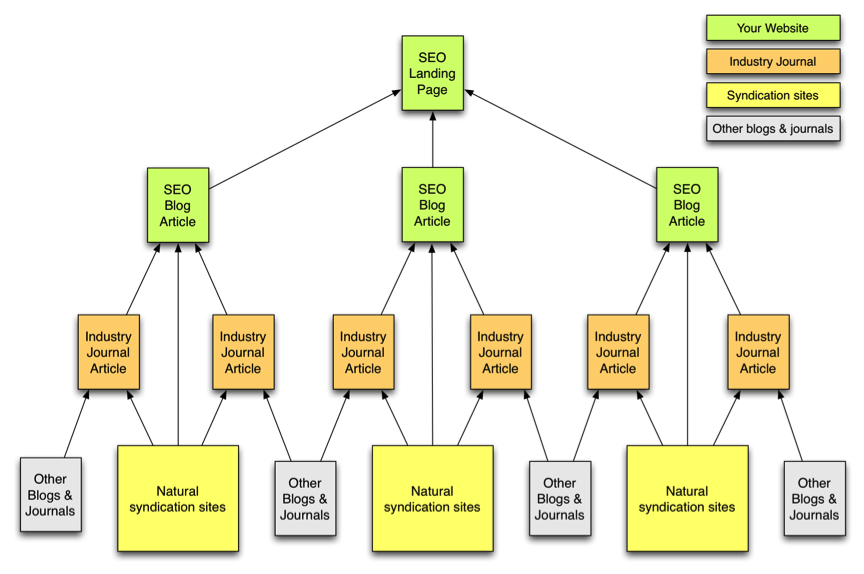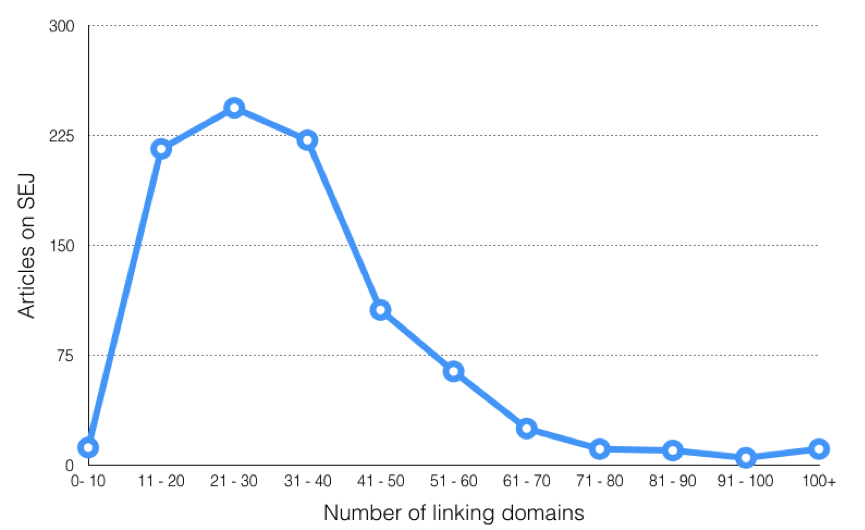5 min read
Harnessing High Search Volume Keywords for Maximum Impact
Discover the power of high search volume keywords and how to effectively use them to boost your online presence and drive maximum impact.
6 min read
.jpg) Honcho
:
Nov 24, 2017 7:00:27 AM
Honcho
:
Nov 24, 2017 7:00:27 AM
For many SEOs, link building has gone down the pan. It’s typically either very expensive or very time consuming, depending on your approach.
Buying outreach services eats into SEO agency margins while building links manually using the commonly known tactics is extremely inefficient, particularly when you’re trying to increase rankings on large websites that already have thousands of links.
Your link building effort can seem like a drop in the ocean.
But there is a solution: a super link-building tactic that can get you hundreds of White Hat links for free, in less than a day’s work.
I call it Power Posting.
It’s not a new concept. It has been deployed for years by some most of the world’s top digital marketers, including Larry Kim and Neil Patel, just to name a few.
But no one is talking about it. That is till now.
In this post you’ll learn in detail how you too can join in the ranks of the top digital marketing elite, to build links for your clients or even your own website using Power Posting.
Power posting is a strain of guest posting, except with a twist. And it needs to be executed in a particular way for it to really work for you.
You might remember Link Pyramids, the old Black Hat link-building tactic? They worked so well because they meant that your backlinks had backlinks. And those backlinks also had backlinks. And those backlinks had backlinks too… You get the picture.
Black Hats created pyramids with software such as SENuke X and GSA using ‘spun’ text, that made no sense if read by a human. These programmes created tiered link structures almost on autopilot.
The problem was not the pyramid formation. The pyramid formation was simply used by these tools because they were trying to mimic naturally strong link profiles. But they were doing this artificially, using extremely low-quality content that only existed to house a link. And they were using UGC mediums such as social bookmarks, forum profile spam, directories and web 2.0s to achieve this.

In principle, the pyramid formation is still extremely effective. And it happens naturally.
For example, Apple’s super authoritative website has got lots of links from top publications like TechRadar and CNET. These top publications will, in turn, have lots of links from smaller blogs and syndication sites. This describes a natural link pyramid.
That’s exactly what Power posting achieves – a natural link pyramid. And it works a treat every time.
Power posting is simple. You just need two very good articles for a basic pyramid. These articles need to be topically related so that you can easily justify linking from one to the other.
For example, I might write my first article about how to do Power Posting. Then I might follow that up with an article about 5 best sites to Power Post on. It’s completely justifiable for me to link my latest article to my previous one – makes sense right?
Step 1: You post the first article on your own blog.
Now here’s the kicker:
Step 2: You post the second article on an industry publication. Remember, this article links to your first article, which is on your blog.
Now you’re done.
Is that it? That’s just one link. Where’s the link pyramid you promised?
The link pyramid happens naturally. Your work is done! Time to put your feet up and give yourself a big pat on the back.
This isn’t a joke.
In my example I’m writing about Power Posting. So I would get my second article published on an SEO industry publication, such as Search Engine Journal or Search Engine Watch.
Let’s stick with Search Engine Journal (SEJ) for this example.
I scraped SEJ’s website and analysed the last 10 full months of articles that they published this year. My crawler found 927 articles.
Here are the stats:
You get all of this awesome link juice from just one article on an industry publication. That’s why this tactic is so powerful.
Will your article get this many links? Probably. Because of two things:
Let’s look at point 2 – syndication.
So if you write an article on SEJ, it stands a good chance of getting 389 backlinks from 34 domains. Most of these will be syndication links.
And if your SEJ article is syndicated in full, and the article contains a link to a blog article on your own website, then all the syndications will also link to the blog article on your site.
This means that not only will the journal article get tonnes of links, but so will any web pages that your journal article links to, such as your blog post. That’s why we always link our articles on industry publications to very relevant content hosted on our own blog)
Now you can see the natural link pyramid is starting to take shape.
If we randomly pick just 10 of SEJ’s 2017 articles and enter them into Majestic SEO’s Clique Hunter tool, we can see a list of 20 different sites that link to at least 50% of our the SEJ articles.
These are almost certainly all syndication sites.

The number of linking syndication sites increases dramatically if I decrease the number of matches required. This tells us that not all syndication websites syndicate every single article on the journal sites.
It’s worth noting that not all syndication sites will syndicate articles in full either. Some will only syndicate the first 100 words or so. With that in mind, it’s worth trying to shoehorn the link to your own blog post into the top of the industry publication article.
At this stage, you might be questioning the quality of the syndication websites. And truth be told, it’s typically not amazing.
Below is the trust and citation of the top 10 syndication sites that linked to the random 10 SEJ articles I picked:

As you can see, some of the syndication sites have their own website authority, as measured by Majestic trust and citation flow metrics.
After site 14 in the list, trust and citation went to zero.
But that’s not a problem.
Remember, all the big authoritative publication sites get linked to from syndication sites all the time, and Google loves these publication sites. So why shouldn’t your site get links from syndication sites too?
When someone copies content doesn’t that cause duplicate content problems?
No.
Yes, it’s duplicate content. But no, it’s not a problem.
It’s not a problem because the syndication sites tend to link to the original source. And this is exactly what Google suggests should happen when content is syndicated.
Even if the content was syndicated by a website but the link was not included, it is still not a problem. Since the online journal site has higher authority than the syndication website, Google will assume that the publication is the original source.
That, and the fact that all the other syndication sites are also signalling that the industry publication is the original source. A few rogue syndication sites won’t make any difference.
So how does this style of link building mirror the old school link pyramid?
Let’s imagine you have a digital marketing company and one of your services is SEO. You’ll naturally have a landing page on your website focused around your SEO service.
The diagram below illustrates a natural Power Posting pyramid that promotes our theoretical SEO service page.
In this model we create three articles on our own blog and six articles on the industry publication websites.

In the above image, it’s easy to see how this model can be expanded or downsized depending on how many links you want to create. You could create a pyramid with as little as one blog post and one article published on an industry publication.
I mentioned earlier that the average visitors an SEJ article gets is 2,562. That’s a lot of exposure. This means that when you write for a big industry publication, your content stands a good chance of not just getting syndication links, but also very high-quality links from other blogs and journals.
The chart below shows the spread of referring domains pointing at the 926 SEJ articles I analysed:

As you can see, the vast majority of articles on SEJ gained between 11 and 40 referring domains in 2017.
The factor that makes the difference here is quality. The better the quality, the more domains will link to it.
Looking at the most linked to content we can see these commonalities:
In all of the above, the key ingredient is originality.
By now you should have everything you need to create a powerful and sustainable link building strategy that will bolster your SEO efforts in 2018 and beyond.
The biggest challenge you will face now is getting your foot in the door with the industry publications. This is an art form of its own.
If you try but fail even once, it’s very difficult to change the editor’s mind. So it’s important to get things right on your first go.
I’ll do a follow-up article soon to show you how to increase your chances of being accepted.
Please subscribe to iThinkMedia’s Facebook, Twitter or Linkedin if you want to get notified when it’s ready. And if you found this post useful, your colleagues might too. So share it with them on your LinkedIn or Twitter account.

5 min read
Discover the power of high search volume keywords and how to effectively use them to boost your online presence and drive maximum impact.

2 min read
We're delighted to officially announce our partnership with Eflorist, one of the world’s leading flower delivery brands with over 54,000 local flower...

5 min read
Working agency-side in digital marketing often means that you’re expected to be a jack of all trades, with industry expertise stretching across...
3 min read
Following 4 recent Google algorithm updates, I thought I’d talk about 3 common quick win SEO tricks that can really help your rankings in the short...
3 min read
How does link building work to get your website ranking higher in Google? Well, it’s surprisingly simple. Here we break it down into 3 easy steps. We...
2 min read
Blogger Outreach is the process of reaching out to influential and authoritative bloggers, building a relationship with them and providing value to...